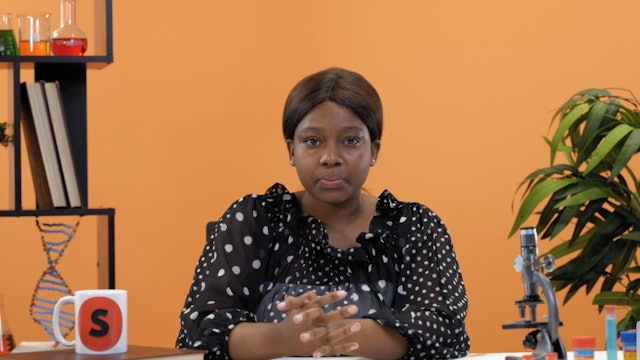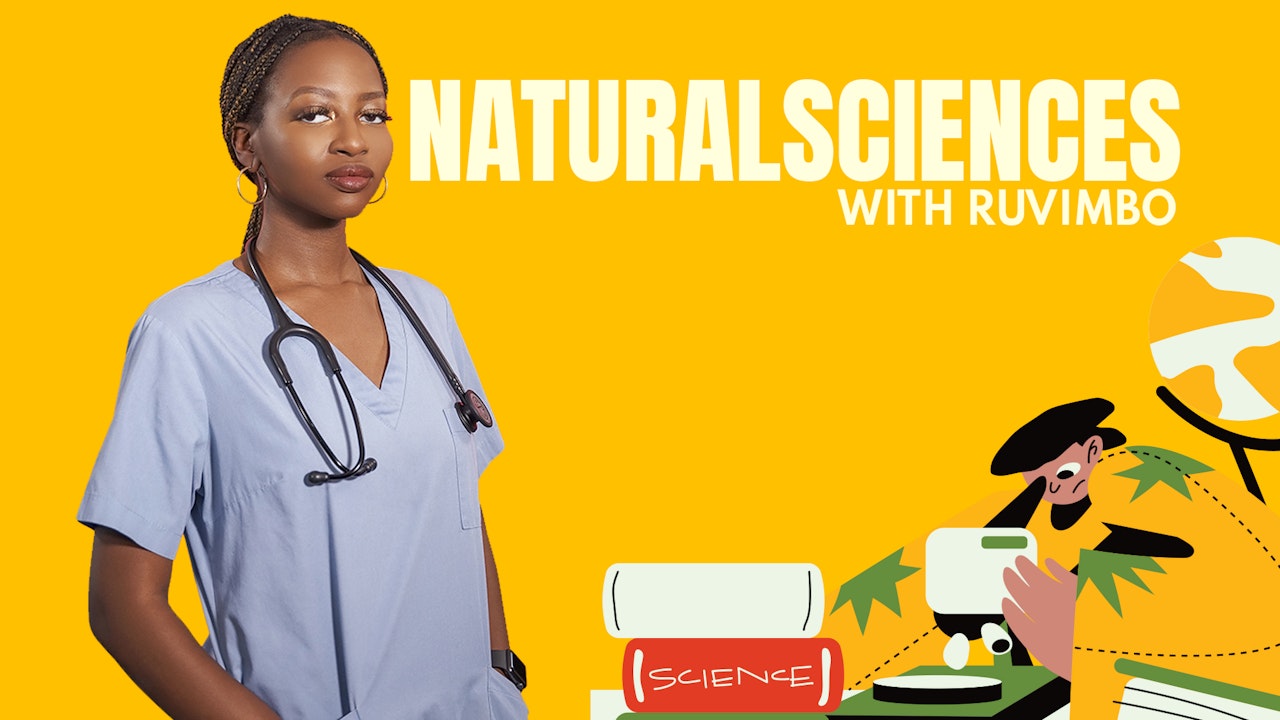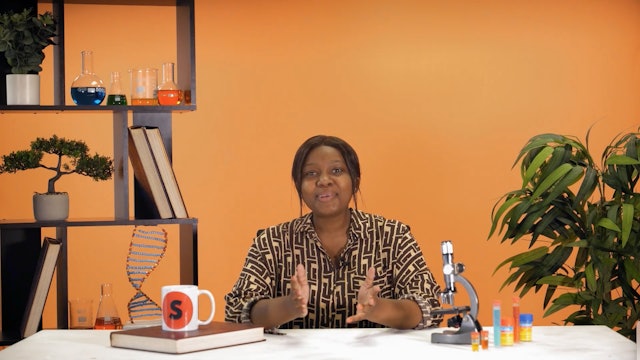Grade 8 Natural Science
4 Seasons
Natural Science takes you through the study of life through scientific investigations, formulating hypotheses and carrying out experiments. The frontiers of the unknown such as why climate change is occurring, are explored. An understanding of natural phenomena and the history of science are also established. Natural Science combines Physical Science and Life Science through topics such as photosynthesis, ecosystems, energy flow, adaptations of animals to different environments, atoms, the particle of matter and chemical reactions. Students learn to interpret information that is unfamiliar and to apply this knowledge to explain patterns, phenomena and relationships in order to solve problems.
-
Planet earth and beyond: The solar system.
Episode 1
There's so much to learn about the solar system, this lesson will focus on giving you an important general overview of its components.
-
 09:09Episode 2
09:09Episode 2Earth’s position in the solar system.
Episode 2
Earth’s position in this roughly disk-like arrangement provides the opportunity for life, as known to humankind, to arise. By the end of this lesson you will know why the Earth is positioned in that way and the sustainability of it.
-
 10:12Episode 3
10:12Episode 3The milky way galaxy.
Episode 3
The Milky Way is a huge collection of stars, dust and gas. It's called a spiral galaxy because if you could view it from the top or bottom, it would look like a spinning pinwheel. In this lesson we learn about the sun being a star in the Milky Way galaxy and the structure of the milky way.
-
 09:13Episode 4
09:13Episode 4Early viewing of space
Episode 4
In dark conditions away from city lights, thousands of stars are visible in the night sky. Early cultures around the world gazed at the stars in wonder. By the end of this lesson you will know what constellations are and how you can spot them.
-
 09:15Episode 5
09:15Episode 5Astrology and astronomy
Episode 5
Astrology and astronomy are two fields that have common roots; they both study the movement of celestial objects. By the end of this lesson you will be able to differentiate between the two.
-
 08:11Episode 6
08:11Episode 6Stars and star charts
Episode 6
One of the first challenges for early man was to name star groupings. In this lesson we look at the history that informed the naming of stars and how star charts serve as a professional tool for when Global Positioning System satellite infrastructure goes down.
-
 10:19Episode 7
10:19Episode 7Telescopes Part 1
Episode 7
Astronomers study stars and galaxies by analysing the visible light, radio waves and electromagnetic radiation they receive from them. In this lesson we look at the telescope as a modern observatory tool.
-
 10:23Episode 8
10:23Episode 8Telescopes Part 2 reflecting telescopes
Episode 8
Now that you’ve had an introduction to telescopes. Let’s look at a type of optical instrument that uses a mirror to collect and reflect light to form an image and allows one to see faraway objects in the night sky up close.
-
 08:57Episode 9
08:57Episode 9Telescopes Part 3 radio Telescopes
Episode 9
This lesson is the end of the 3-part lesson on telescopes. We focus on radio telescopes which are larger as they create a picture of the sky in the form of radio waves.
-
 06:26Episode 10
06:26Episode 10Conditions for viewing the sky
Episode 10
In the previous lessons we focused on telescopes, the instrument that allows us to see celestial bodies in space. Now to conclude we look at the conditions suitable to view the sky.



